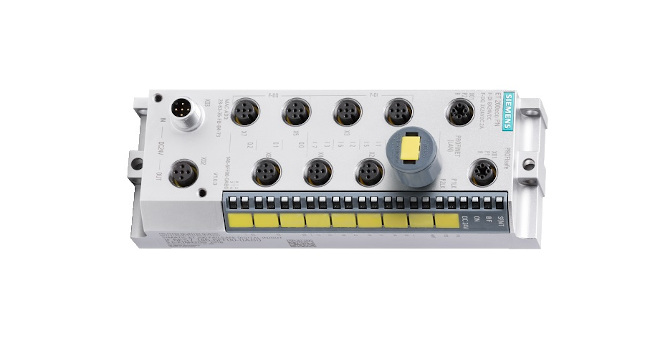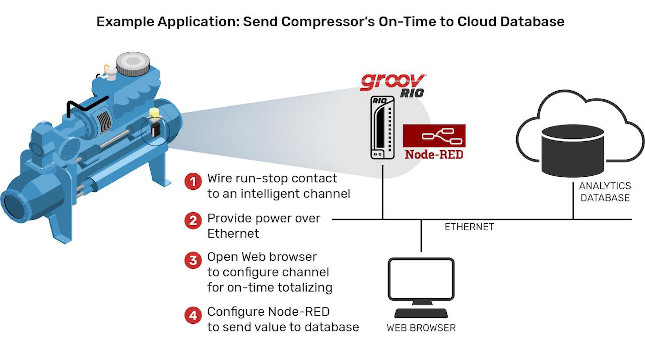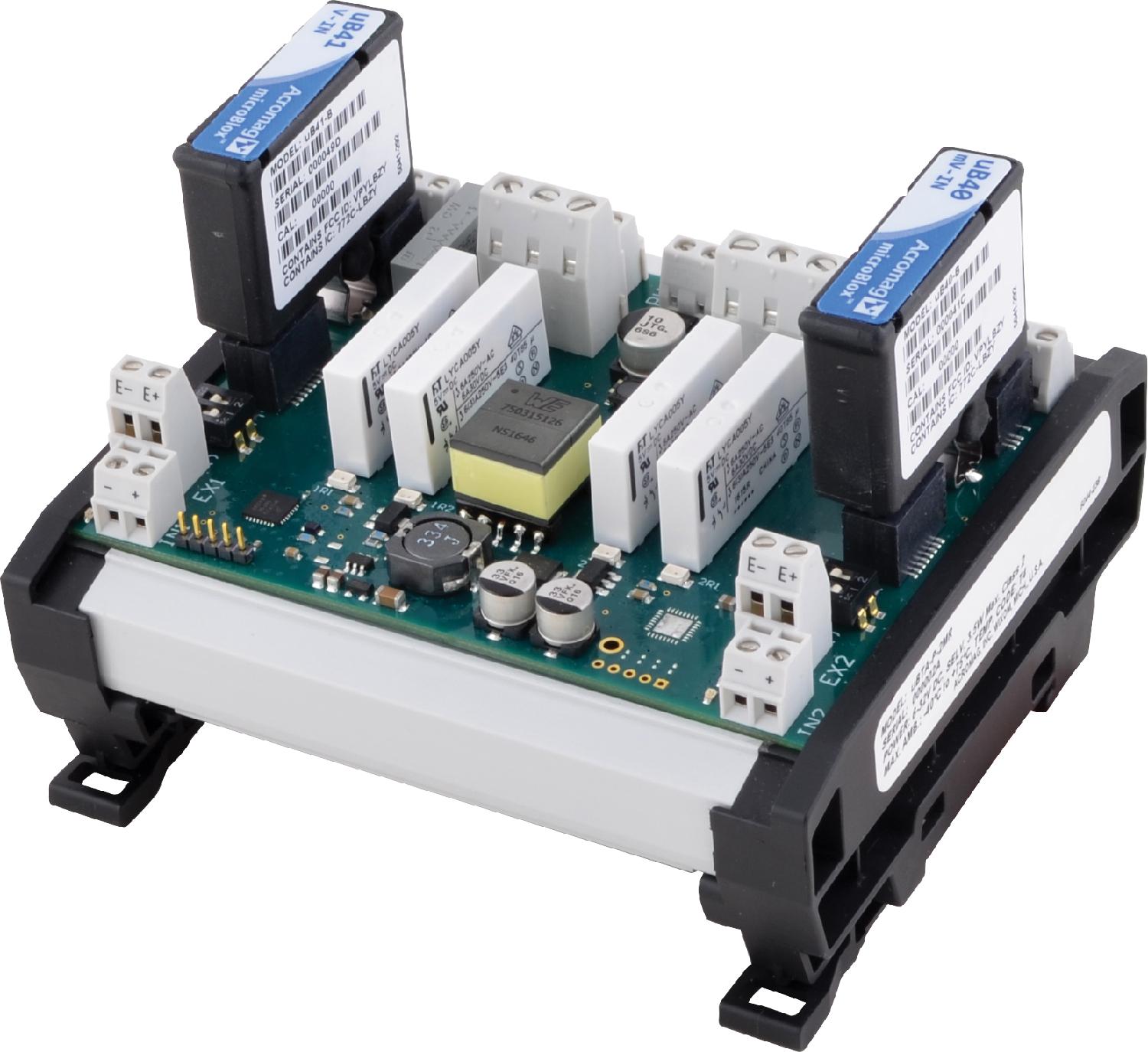Machine mount I/O devices are expected to support simple digital and analog inputs and outputs and other modules with intelligence built in support motor starters, variable speed drives, communication modules and radio frequency identification (RFID) tag readers. Integrated safety can support systems more simply than hardwired solutions or separate systems.

Learning Objectives
- Input/output devices can be rugged enough for machine mounting.
- I/O devices can include intelligence to support other devices.
The controller and the input/output (I/O) devices are not always best mounted in a cabinet away from dust and moisture. There are times I/O is required at the machine level exposed to the elements. The hardware needs to be designed to meet required protection levels by the industry.
Cabinet-free configurations must be rugged, made with metal or plastic reinforced enclosure, making them resistant to shock, vibration and dirt, as well as being watertight.
Furthermore, fewer additional components are required, which saves on cabling, at the same time not compromising on response times. I/Os mounted on a conveyor in an automotive assembly plant must withstand the vibrations and continue to operate without failure.
Machine-level I/O
In the absence of the controller, at least the I/Os are required at machine level in different configurations. Sometimes in a modular fashion with them assembled with the right amount of I/O for that part of the machine or as blocks of I/Os spread out as required.
Machine mount I/Os are expected to support simple digital and analog inputs and outputs and other modules with intelligence built in like motor starters, variable speed drives (VSDs), communication modules and radio frequency identification (RFID) tag readers. Integrated safety is another aspect that is important for, such systems instead of hardwired solutions or separate systems that are cumbersome and difficult to maintain.
There are applications where the I/O must be mounted of on machines that move at higher speeds where the weight of the I/O is important so it does not add to the inertia. I/O mounted on a fast-moving robot arm must be lighter in weight yet rugged and have protection against dust and moisture. Support for all basic functional modules like discrete and analog modules are a must. In addition, the option to connect multivendor sensors and actuators on standardized I/O technologies is a strong advantage. The blocks must be mounted on limited space available on such machines, and it is important they can be mounted in any orientation unlike cabinet mount I/O.
Environmentally rugged
Sometimes, I/O are required to be mounted outdoors like a loading bay where the inbound and outbound logistics are handled in a manufacturing environment. This requires the blocks to be made with metallic casing that are of rugged construction, resistant to UV exposure, and withstand higher ambient temperature range.
No matter the application, all such I/Os must be capable of reporting faults on the module and bring extensive diagnostics information to the controller. The I/Os also must support protocols used in industry for field bus connections. The machine builder benefits from smaller machine concepts, material savings, planning and engineering effort with machine mount I/O.
Raj Rajendra is a product consultant/manager with Siemens Industry Inc. Edited by Mark T. Hoske, content manager, Control Engineering, CFE Media, [email protected].
KEYWORDS: I/O devices, I/O modules
CONSIDER THIS
How will more advanced I/O devices help your applications?

